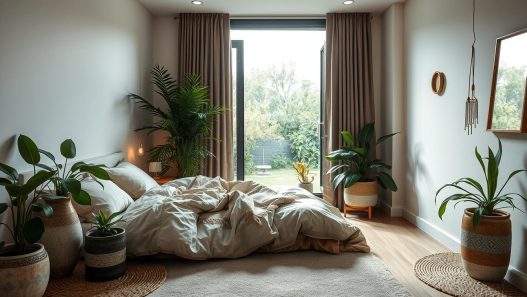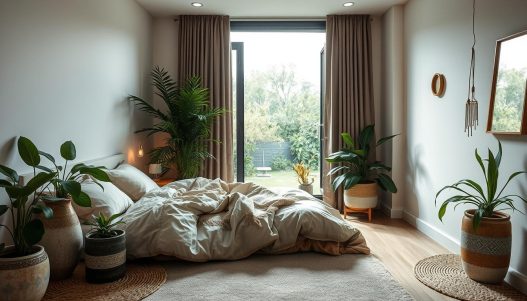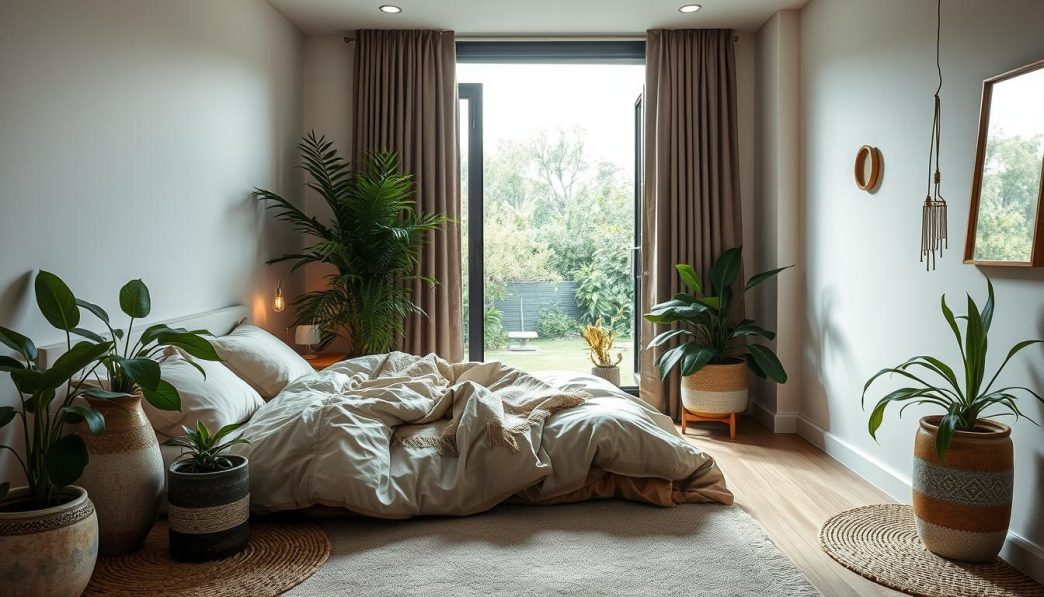Creating a sleep sanctuary is crucial for overall wellness. A good night’s sleep is essential for physical and mental health.
By prioritizing sleep hygiene, individuals can improve the quality of their sleep. This includes maintaining a consistent sleep schedule and avoiding stimulating activities before bedtime.
Holistic sleep solutions can also contribute to better sleep wellness. By transforming your bedroom into a sleep sanctuary, you can wake up feeling refreshed and rejuvenated.
Key Takeaways
- Prioritize sleep hygiene for better sleep quality
- Maintain a consistent sleep schedule
- Avoid stimulating activities before bedtime
- Create a sleep-conducive environment
- Transform your bedroom into a sleep sanctuary
Creating Your Sleep Sanctuary
Transforming your bedroom into a sleep sanctuary requires attention to detail and a commitment to creating a relaxing atmosphere. By focusing on the key elements that impact sleep quality, you can design a space that fosters restful nights and rejuvenating mornings.
Designing a Sleep-Friendly Environment
A sleep-friendly environment is characterized by darkness, quietness, and a cool temperature. Consider using blackout curtains, earplugs, or a white noise machine to achieve this ambiance. A comfortable mattress and pillows are also essential for a restful night’s sleep, making it easier to fall asleep and stay asleep.
Mindful Techniques for Better Sleep
Incorporating relaxation techniques, such as meditation and deep breathing, can help calm your mind and prepare your body for sleep. Practicing mindful sleeping by being present in the moment and letting go of stress can also enhance the quality of your sleep, leading to a more restful and rejuvenating sleep experience in your bedroom sanctuary.
By implementing these strategies, you can create a sleep sanctuary that promotes relaxation and improves the overall quality of your sleep environment, allowing you to wake up feeling refreshed and revitalized.






